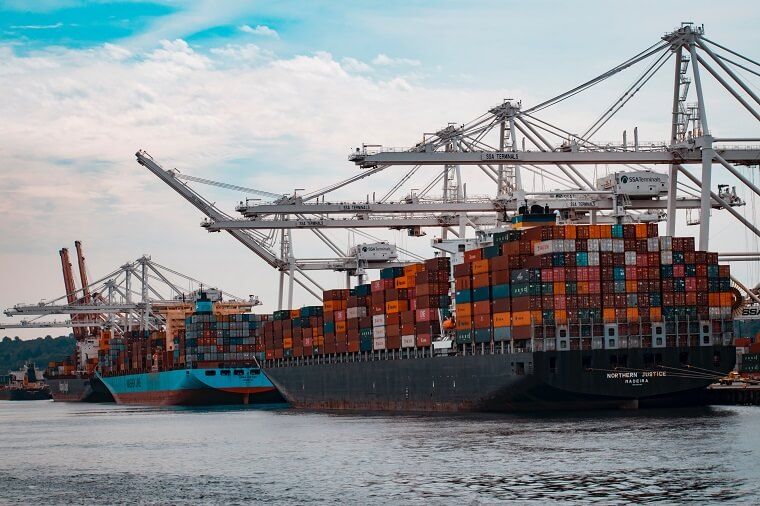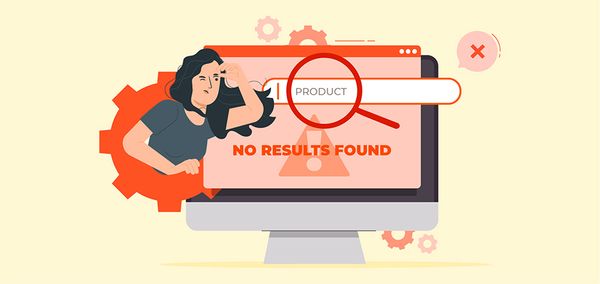How Multi-Carrier Shipping Can Provide You That Customer Happiness Edge

If you think about it, there’s probably not a world of difference between your products and your competitors. In a world of product similarity, how do you distinguish your business from your rivals? Often, quality of customer service can give you a game-changing edge over your peers.
An important contributor to customer satisfaction for eCommerce businesses is effective product shipping. A survey of US consumers found 85 percent won’t buy from a retailer again if they experience poor delivery, and nearly 90 percent will abandon the shopping cart if delivery terms are unattractive.
Customers want orders delivered quickly, securely, and with their custom preferences catered to. Multi-carrier shipping could be just what your business needs to provide shipping that meets customer expectations. It entails a business working with more than one carrier to fulfill orders. Access to these carriers is usually via a multi-carrier shipping platform or software plugin.
Here’s why multi-carrier shipping could be just what your customers need.
Cost-effective
Multi-carrier shipping platforms are a convenient means of comparing freight rates across hundreds of carriers via a single dashboard. Carrier APIs feed rate data in real time. Once you determine the order type, weight, volume, value, destination, and other key variables, you are presented with the carriers and shipping routes that are best aligned with your budget.
| Get Started Now to Grow Your Online Business with the Best AliExpress Dropshipping Tool - DSers! |
Also, carriers will regularly run promotions and discounts where they offer their service at a reduced fee for a limited period. As long as you are not tied down to one carrier, you can always switch to take advantage of these temporary price cuts. And you could do this for a significant part of the year, given that carriers are unlikely to run promotions at the same time.
Multi-carrier shipping does spread your shipments across multiple providers, which could, in theory, disqualify you from volume-based discounts. Still, for small businesses, order volume may not be of sufficient quantity anyway to qualify for volume discounts even when shipments are sent through one carrier.
Saves Time
Imagine if, for each order, you had to scan the carrier marketplace to find the most suitable carrier. You may have to log into different carriers’ portals to see the rates and shipment details for each. This could add dozens of minutes to each order, which ultimately increases the time it takes to deliver.
On a multi-carrier shipping platform, finding the best carrier for each order can take just seconds. Data for hundreds of carriers is already uploaded on the platform and updated in near real-time. You need only enter the details of your package and you’ll get results of carriers that are the closest fit. This cuts the time it takes to find the best shipping option.
A multi-carrier platform could also take care of the documentation complexities that come with working with carriers spanning multiple jurisdictions. They handle business invoices, shipping labels, and other documents, thus saving you the time it would take you to do this yourself.
Leverage Individual Strengths of Carriers
The carrier market is diverse. Each player strives for a unique selling proposition. As a result, different carriers have different strengths. And these strengths are continuously evolving as carriers look to provide an even better service than their peers. On a multi-carrier platform, you can pick the best carrier on a case-by-case basis, depending on the carrier whose strengths are best suited to an order’s shipment requirements.

For example, if you are looking for expedited fulfillment, you will be more inclined to carriers that specialize in quick delivery. If you are keener on the lowest price irrespective of how long it takes to get to your customers, then your focus will be on the most affordable providers. You may have a delivery destined for a remote location and so have to go with the one or few carriers that serve that area.
Multi-carrier platforms bring to your fingertips carriers whose capabilities span the industry spectrum.
Adaptability & Flexibility
Different orders and products may be best served by different shipping requirements. When you work with a single carrier, the shipping options you can offer your customers are constrained by the limitations of the carrier’s capabilities.
If they can only deliver in two days, you cannot commit to same-day delivery on customer orders. If they handle small packages only, you cannot sell and/or offer delivery for large items. Multi-carrier shipping platforms provide access to a myriad of options. You can tailor each shipment route and carrier in tandem with what is best for each shipment.
Customization Based on Customer Demands
Your customer may want an order delivered in an unconventional way that’s most convenient for them. They may be ready to pay extra for that. Unfortunately, if you depend on just one carrier for all orders, the extra amount they are comfortable paying may fall far short of what the carrier will charge you for the customization.

As a small business working with a large carrier like UPS, FedEx or DHL, you have no leverage over how you want your order shipped. To them, you are an insignificant client amidst their sea of clients. You are presented with a set of rigid, predefined selections. Even when there is room for customization, the extra fees for that service can be prohibitive. If your customer has non-standard demands on how they want their item shipped, you may not have the leeway to offer that.
Multi-carrier shipping platforms give you access to hundreds of small, medium, and large carriers. With such service provider diversity, you can provide numerous shipping customization options without incurring a sizable increase in the order’s delivery fees.
Business Continuity
If there is one thing that COVID-19 taught supply chain managers, it is the growing need to develop contingencies. Pandemics, natural disasters, road works, worker strikes, new regulations and financial difficulties could trigger disruptions and delays at your preferred carrier.
If you rely on just that one carrier for all your shipping needs, you are staring at a single point of failure. This could deal a crippling blow to your business. Customers will not want to know that the reason their orders are not getting to them on time is due to problems with a third party. It is your own brand that will take the heat. And since the matter is outside your control, you may have to wait for days or weeks before it is fixed – if at all.
On a multi-carrier shipping platform, you can switch to another carrier immediately. When normalcy is restored, you can always switch back or opt not to.
Conclusion
Startups and small businesses will usually bank on a single carrier for their eCommerce fulfillment needs. It gets comfortable as you settle into working with a familiar service provider. But with this setup, dangers lurk for your business – some existential.
A business that relies on one carrier for order fulfillment inadvertently has its success tied to the fortunes of that carrier. For better or worse. When the downsides of it strike, customers will blame you and not the carrier.
Multi-carrier fulfillment is the way to go if you are looking for a shipping platform that has the lowest likelihood of customer disappointment. It is time-saving, cost-effective, flexible, adaptable, and resilient.
About the Author
Jake Rheude is the Vice President of Marketing for Red Stag Fulfillment, an eCommerce fulfillment warehouse that was born out of eCommerce. He has years of experience in eCommerce and business development. In his free time, Jake enjoys reading about business and sharing his own experience with others.














 Company
Company
 Why Choose DSers
Why Choose DSers
 Blog
Blog
 Help Center
Help Center




 Live Chat
Live Chat